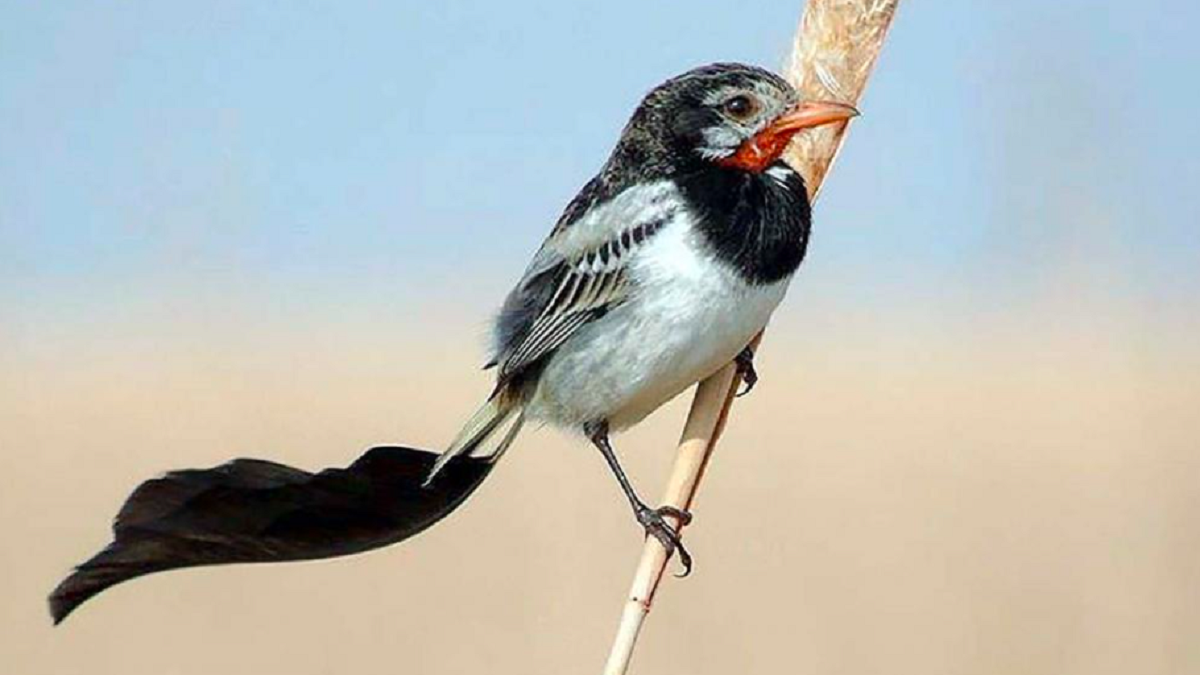“There are 78 million fans in the world, according to the Birdlife International federation, who travel, usually stay between two and three weeks in the country, and do not want to do anything other than watch birds,” said biologist Horacio Matarasso, president of the International Committee of the South American Bird Fair and vice president of the Association of Argentine Bird Guides.
“The market for bird watching trips is growing inside and outside of tourism,” explained the 57-year-old specialist, and highlights that around “50,000 bird watchers enter the country per year, with an average expense of $7,000 per person”a figure that he describes as “attractive and arousing interest throughout the world.”
“Argentina was not on the bird watching circuit until now. Europeans used to travel more to Africa and Asia, to their former colonies, and North Americans to Central America, but recently, tourists, especially from Anglo-Saxon countries, “They turned to the country. There is also a growing inclination from Asian countries. These trends are driven, in part, by social networks and the cruise market,” he adds.
According to Matarasso, observers “try to arrange the greatest number of places in the minimum number of days to see many species and, perhaps, in a traditional stay they usually see five or seven provinces in a single visit”.
The charm of birds is unfathomable; If you observe them carefully, it is possible to find in each specimen a particularity that turns it into a true living work of art: the appearance of its beak, the colors – sometimes indecipherable – of its plumage or the drawings printed on its wings. and back; an exotic crest, the shape of bangs or the delicate features of an exposed face; extravagant dances that give unique spectacles or their calls, which can emulate – in some species – even the fall of a drop of water.
sighting 2.png
For those who seek to increase the list of observations and pay attention to these peculiarities, Argentina proposes four circuits in which several biogeographic regions converge that preserve a colossal concentration of birds.
One of them is located in the north center of the province of Corrientes and makes up the second largest wetland in the world, behind the Brazilian Pantanal: Iberá Wetlands, an area of 1,200,000 hectares protected by the national and provincial parks of the same namewhere more than 380 species of birds coexist and which has at least five access locations.
“The Iberá estuaries have in their northern portals Chaco forest, Pampas grasslands and jungle, which leads to the Iguazú Falls. It allows you to explore four megadiverse regions of Argentina with very different species,” says Matarasso, who for four decades has enjoyed dedicating part of his time studying birds.
The towns function as a gateway to the estuarieshave accommodation, provide services with different degrees of development and can be visited as a destination in itself or as part of a larger itinerary that allows you to discover the diversities that the wetland offers.
“Many people know the northern portal Laguna Iberá, next to the town of Colonia Pellegrini, which is fabulous, but a few years ago there were other portals opened in neighboring towns. Each municipality created access points, interpretation centers, has park rangers, and each portal offers different attractions. It’s wonderful,” he described.
In the north of the estuaries there is also the Cambyretá portal, just 14 kilometers from Ituzaingó; while to the west, the portals are located Cannonin the historic town of Concepción del Yaguareté Corá; St nicolas, in the town of the same name; and Saint Anthonyin the town of Loreto.
Those who come to this “mecca” of bird watching can spend hours camouflaged in observation towers, contemplating the horizon, trying to see the necklace yetapa, recently introduced after 100 years of extinction; or to the delicate dominican nunentirely white except for its black wings, easy to see in Buenos Aires, Uruguay and Brazil years ago, but now only located in protected places.
Other gems of the estuaries are the colorful red macaw, with scarlet plumage, bare face and wings with green and blue; he jabiru, one of the largest birds in America, 1.40 meters high and can reach three meters wide if it spreads its wings; or the tiny golden tuftwith a black and yellow crest, a strong yellow belly and a brown back.
“People look for a concentration of birds, connectivity, that are relatively safe, beautiful and well-preserved places. This is not everywhere, but it is in the estuaries,” highlights the specialist about the site that will be the headquarters in October. of the XIII edition of the South American Bird Fair.
The other Argentine circuits
Another of the four great circuits of Argentina, which can be done all year round, includes the city of Buenos Aires and the south of Entre Ríoswith grasslands, other types of forests and the wetlands of the delta, such as, for example, those of the towns of Ceibas, Villa Paranacito and Perdices.
The third route, according to Matarasso, is configured in the Patagonian region of Los Lagos, between the towns of Zapala, Las Lajas, San Martín de los Andes and the Chilean coast, an area “very rich, more than 130 species of birds in different environments and not attended by conventional tourism”; It is recommended to go in summer.
The fourth major zone includes Salta, Jujuy and Tucumáncharacterized by “the transitions in a very short distance between the mountains, the Chaco forest, the mountain jungle and the high plateau” and by “the incredible endemism that the Argentine northwest has,” highlights the specialist, who advises visiting it in May.
Source: Ambito
I am an author and journalist who has worked in the entertainment industry for over a decade. I currently work as a news editor at a major news website, and my focus is on covering the latest trends in entertainment. I also write occasional pieces for other outlets, and have authored two books about the entertainment industry.




